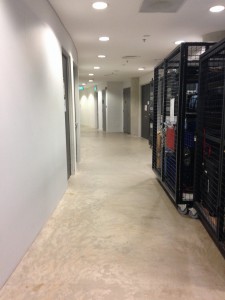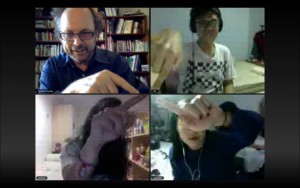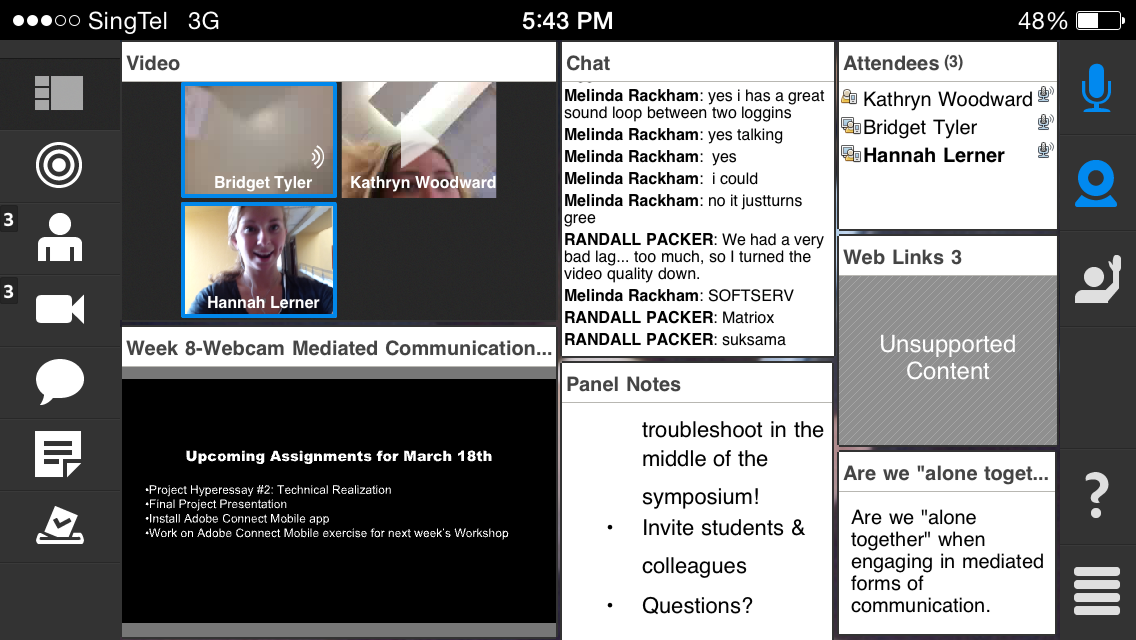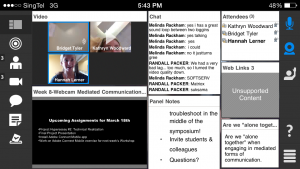My location is a computer classroom on the first floor of ADM. I have chosen this classroom because, to me, it is all about connection; the room is filled with wires, internet, a projector, lights, sound speakers, and many many computers. When this room is full, the students are together physically, but they are separately engrossed by their own computers and in their own virtual world, disconnected from those around them. This reminds me of my text from our collective class text on Pirate Pad:
“If we’re speaking to each other through a technology box, are we really in the present (now)?
I feel as if I’m having a relationship with my computer, the concept of you, rather than you.”
I begin in this room. I exit through the only door, you can hear the sound of it opening and closing.
I walk down a long, cement hallway that slowly curves as I walk; there is little to no sound.
I end up at the ADM lounge on the first floor. There is a flurry of voices (at the time I scouted this location, there was no such noise as it was a Sunday evening).
I go downstairs to the lobby and join my peers.
Throughout this journey, there will be the background noise of a full ADM building and the sound of voices.











![We R Here [Now] Response](https://oss.adm.ntu.edu.sg/n1404301k/wp-content/uploads/sites/113/2015/03/62629iDFFB0A81EB5D32BB.jpeg)


